Do you remember the 90s, when British Lifestyle magazine Wallpaper introduced cool - in fact ice-cold - minimalism into interior design? At the time, it promised a desirable future: more or less empty, light and airy rooms which exuded clarity for both body and mind. Perhaps it was an evolution of the Scandinavian design with its simplicity, clear lines and natural materials which had been prevalent in stylish homes around the world for decades.

Wallpaper transported readers almost a century back in time, to the year 1908 and the oft-quoted book by Vienna architect Adolf Loos named "Ornament and Crime". The title says it all - and despite it being a very good read (and triggering far-reaching consequences), this is not the place to discuss the book in detail. Its positive consequences were the emergence of Bauhaus and the New Objectivity movements, whereas on the negative side, it also meant the end of architectural playfulness and the beginning of a world of faceless block buildings.
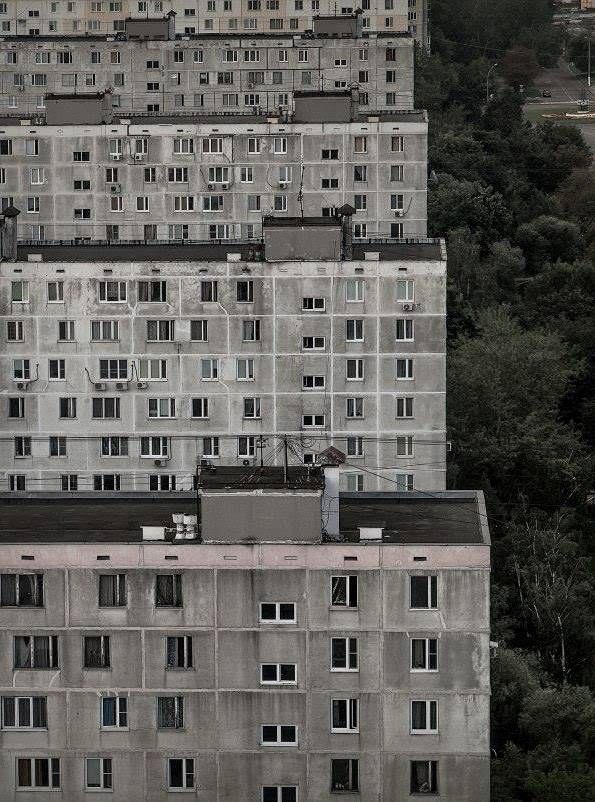
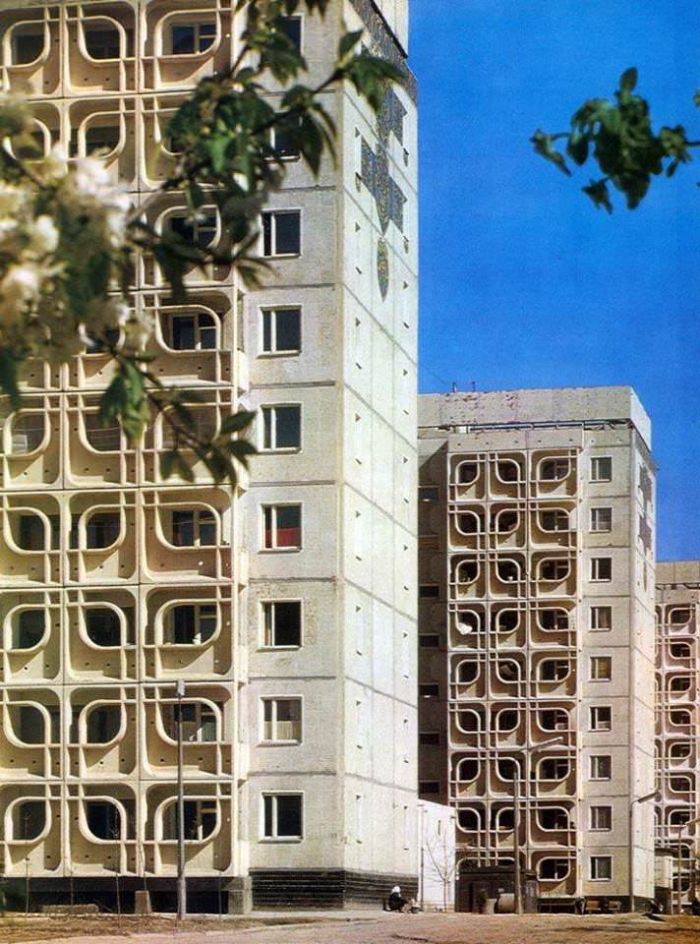
But back to the 1990s. It's fair to say that nature wasn't given much room in Tyler Brûlés successful creation Wallpaper: the walls in many of the stark photographs consisted of concrete, and even some of the furniture looked like they might have been made from the same material. The humans featured in the mag were ethereal beings with yoga-strengthened bodies who appreciated minimalist clothing and Concrete art. And those who bought Wallpaper hoped to achieve more clarity, stringency, contemporaneousness, and even longed-for peace in their lives, simply by reading it. But what they ended up with was often huge reverberating rooms, walls that were susceptible to dirt, a certain emptiness in their lives, and massive heating bills.

Wallpaper was, like so many other trendsetters, selling hope and comfort, but delivering disappointment.
But didn't they choose a topical name? Wallpaper. That is OUR favourite topic, too! ;-)
When, by the end of the millennium, Rafael Horzon established his design and furniture shops in Berlin, they were generally considered to be a heady mix of business idea, art, and insanity. His reductionist furniture and wall treatments were a clear parody of the spiritually loaded minimalism. In fact, he managed to offer just one form-reduced shelf model, made from chipboard.
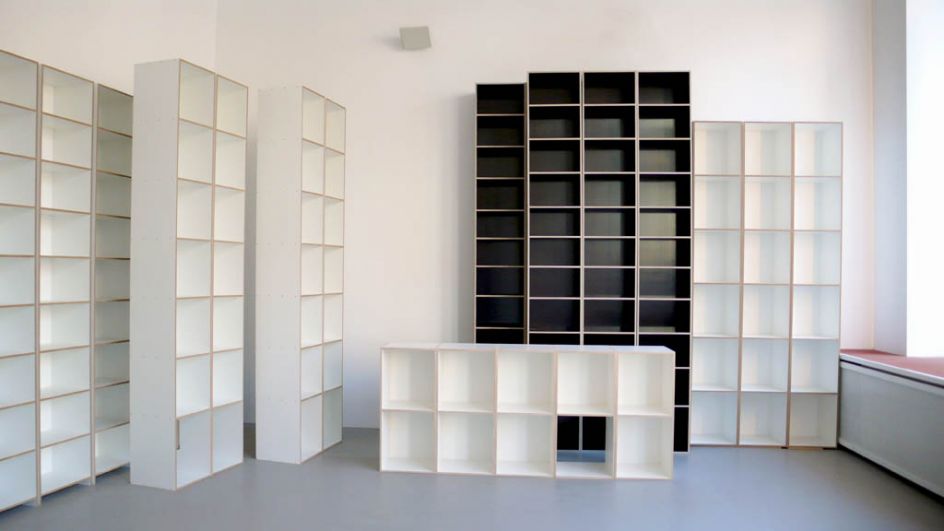
The hip scene laughed and got shopping, and the status quo of clarity and simplicity in interior design remained. The odd interesting accessory that hinted at the owner's life appeared to be no more than a quote, a comment, a means of creating a contrast. At the most, it might have come in the shape of a piece of furniture, preferably from the rediscovered warehouse of a long forgotten GDR furnishings shop. This would mean that guests were more comfortable than sitting on a concrete cube, but the walls were still white, the furniture sparse, and the mood chilly. So Adolf Loos, Tyler Brûlé and Bauhaus continue to exert their hypothermic influence over our interior design present.
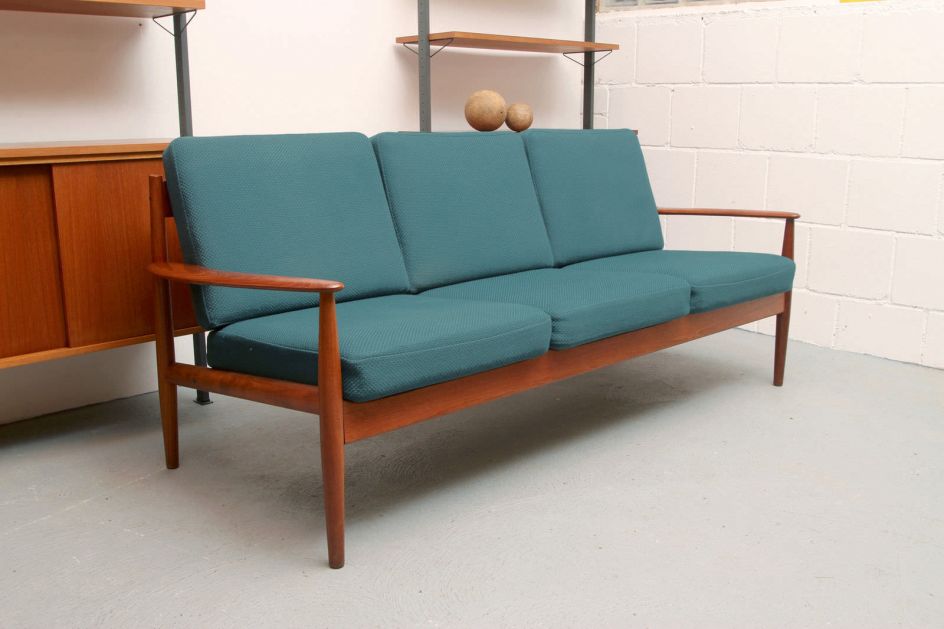
In summary, one might be allowed to cast the following assertion: the higher the income and the less time and love are present to determine one's own style of living, the colder and emptier the house. The home as a reflection of one's personality? It makes you wonder... Wasn't it Albert Einstein who is supposed to have said: “If a cluttered desk is a sign of a cluttered mind, of what, then, is an empty desk a sign?” Let's just leave that there, at the end of our contemplation of minimalist environments...
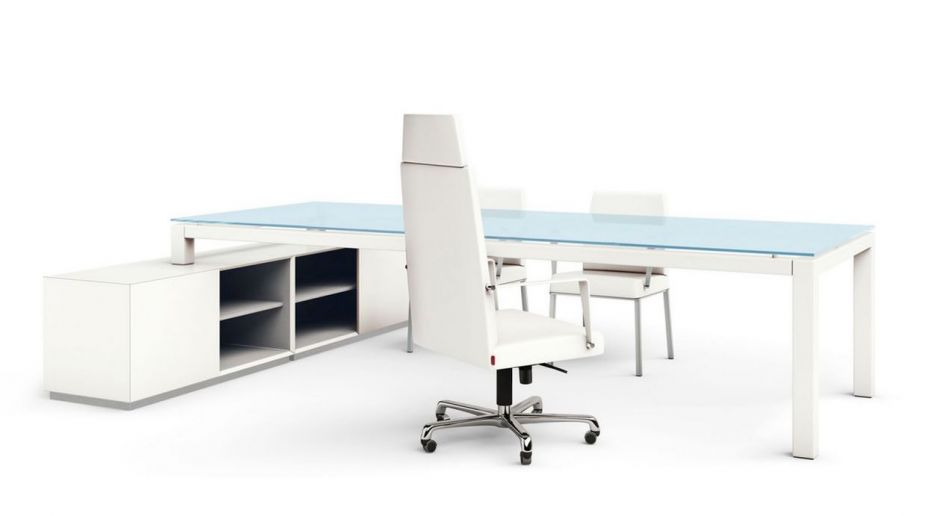
… And then let's swiftly move on to the more comfortable aspects of today's interior design concepts. Lifestyle magazines continue to inspire us to this day. But the rigidity and starkness has disappeared. It's all about the mix. Today, we have rediscovered the courage to combine styles and let happy accidents, precious finds and opulence influence the way we live. No home is like the other, and private as well as business interiors define personality not based on an empty background, but through the interplay of a multitude of influences. Creative home dwellers and designers delight in ambiguous and contrasting decorative elements; they enjoy the fight for visual dominance between, say, a strip of wallpaper and the cover of an armchair, various style epochs and personal touches. For them, it is all about lively diversity, mutual inspiration and stimulation, about new connections being made on a daily basis - in short: about the whole scale of individual (interior design) freedom instead of limiting dogmas. Maximalism instead of Minimalism. Bordello Style instead of asceticism.
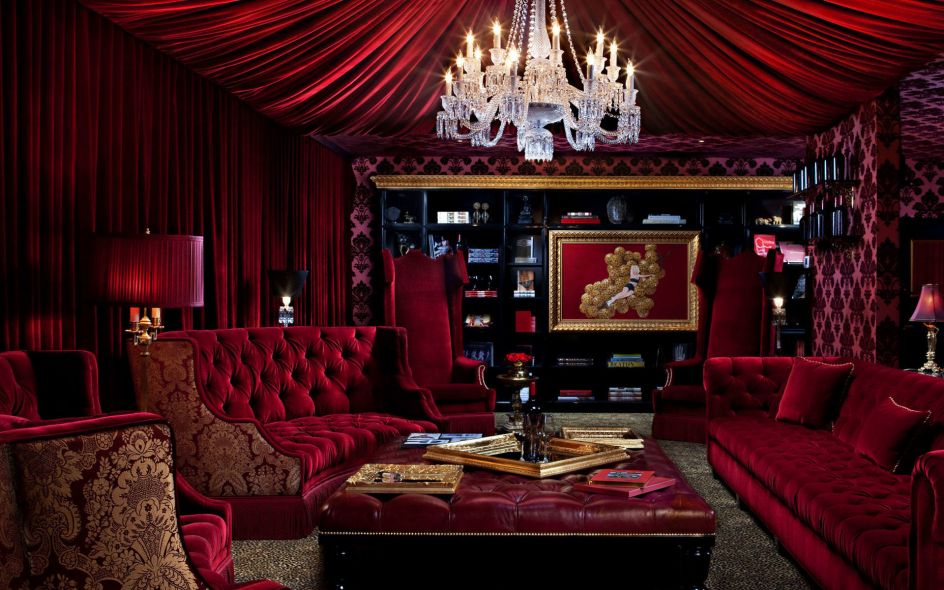
For our contemporaries, this interior design freedom begins in their parents' basement, goes on to flea markets, makes a little detour to the odd design boutique or carpenter's workshop; there is buying and selling, pieces of art might be rented for a little while and then returned, everything is in flow and what is loved today might be superfluous tomorrow. And sometimes, objects find us, and they stay with us a whole lifetime, even though perhaps we don't even know why, or what function they might actually have. This freedom could also mean that walls are adorned with new wallpaper twice a year - or that the balcony will get the full wall décor treatment. This freedom is individual and unpredictable. This freedom is TODAY. This freedom is me, you and everyone we know.

When we refer to Wallpaper today, we actually think of wallpaper, with its myriad of patterns, motifs and possibilities - not of the 90s agent of cold minimalism. And whilst Wallpaper - as in the magazine, natch - made using actual wallpaper almost an impossibility, our walls are once again, and more than ever, beautified with fantasies printed on paper.
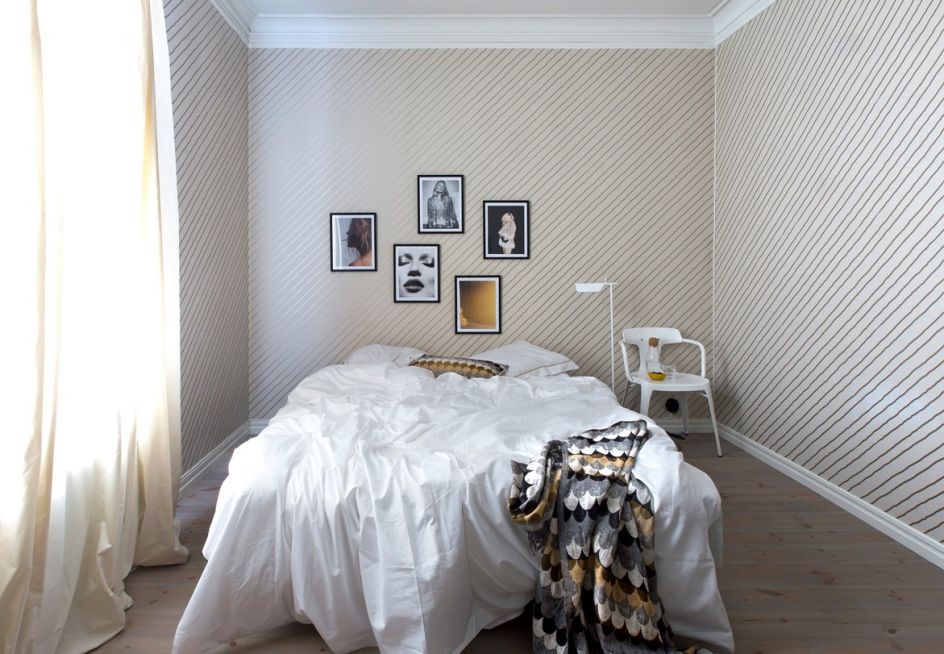
Wallpaper is back with a bang, and it is more varied than ever before. Wallpaper was sold to a global media empire and is now focussing on design-oriented city guides.
He who laughs last laughs best...
PS: Did you know that Tyler Brûlé was born Tyler Brule, before resorting to adding a few curlicues to his name which helped him create an unmistakable brand - for himself and his publication Wallpaper?
